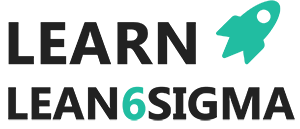Tackling Process Waste and Value add Analysis
Facebook
Twitter
LinkedIn
Email





